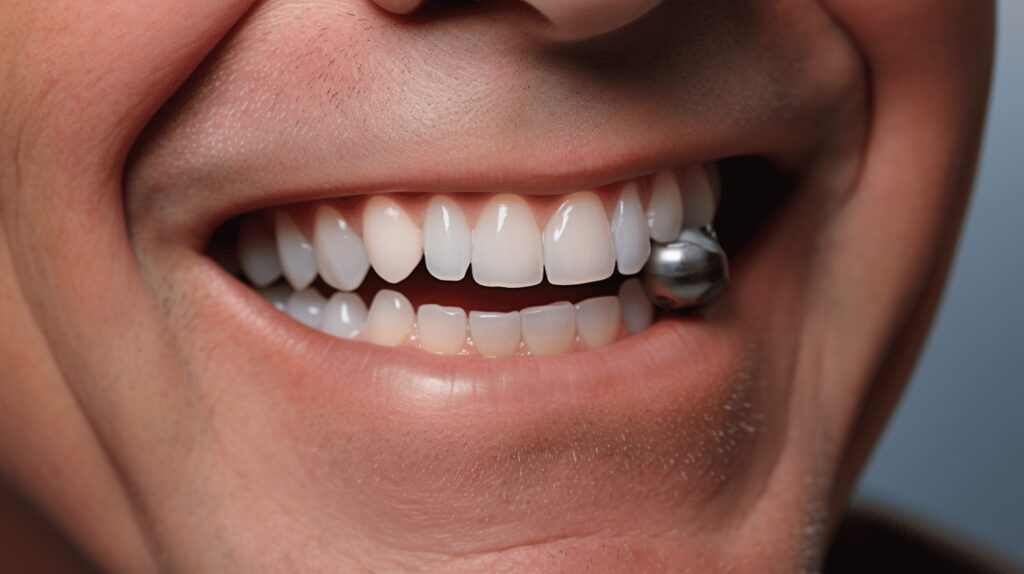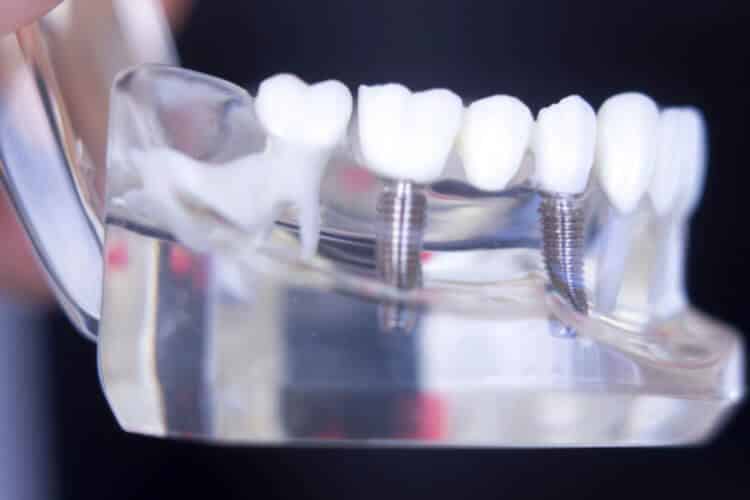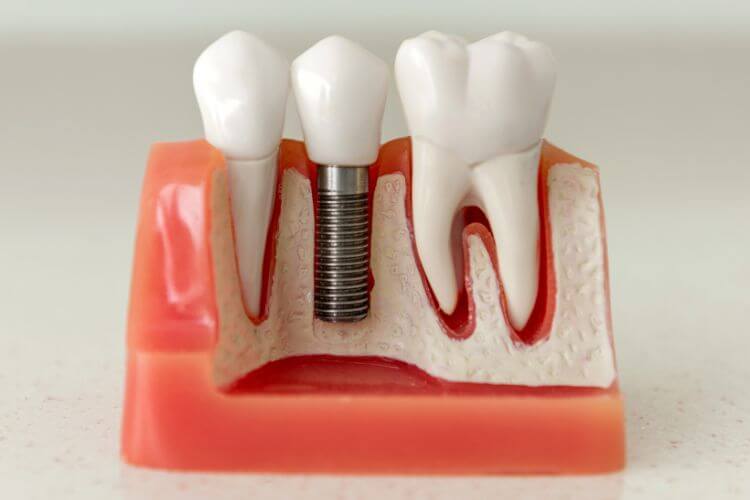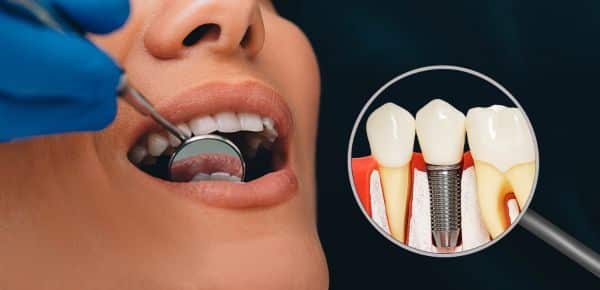Ah, the perennial question about dental restoration: “Dental implants or other options?” Convenience, durability, and aesthetics are typically the concerns that steer people towards one solution over another.
However, have you ever stopped to think about the success rates? A lot of research underscores the importance of evaluating the success and survivability rates of dental restoration options to make an informed decision. In today’s discussion, we’re about to explore just that!
We’ll dive deep into the high success rates of dental implants, comparing them with other tooth restoration alternatives. Not only will we walk you through the success rates of specific implant procedures, but we’re also going to provide a comprehensive look at the success and survival rates of implant-supported prostheses. By the end of this enlightening journey, you will see why dental implants might be your best bet for a radiant smile that lasts a lifetime. 😁
So strap in for an eye-opening exploration of dental restoration options. We promise that we’ll keep it light, fun, and very, very informative!
Table of Contents
High Success Rates of Dental Implants
If you’re considering restorative dental treatment, you might’ve heard about the remarkable success of dental implants. With their ability to seamlessly blend into your natural smile, implants are currently taking the dental world by storm—and trust us, their hype extends far beyond cosmetic appeal. Let’s dive into what makes dental implants an outstanding choice for your dental health, looking at their high success rates in particular.
Long-Term Survival Rates
Implants are a long-term investment in oral health. To prove this point, let’s take a glimpse at their impressive survival rates over the years. According to numerous studies, dental implants boast a soaring survival rate ranging from 93.3% to a staggering 98%. These figures are astonishing and reflect the immense success and durability of this dental procedure over a long period.
- What does long-term survival mean? Simple: It’s the measure of how many implants remain functioning optimally after a specific period—usually counted from the point of surgery to the final evaluation.
- Why is the survival rate crucial? An implant’s survival rate indicates how effectively it will serve you over the years, providing insight into the longevity of your oral health investment.
Speaking of investment, some might argue about the initial upfront cost of an implant procedure. Absolutely, implants may come with a significant price tag initially, but trust us, their high survival rate ensures your money’s worth in the long run. The saying rings true: “Quality always pays off.”
Low Failure Rate over Follow-up Period
No medical treatment assures a 100% success rate, and dental implants are no exception. However, their failure percentage is comparatively small, which further attests to the success of dental implants. Research reveals a minimal failure rate, hovering around 3% over a 6-year follow-up period.
These figures link to how committed dentists are to minimizing potential complications post-procedure. Routine check-ups, quality aftercare, and patients’ ongoing vigilance ensure that the implants remain functional and healthy, keeping failure rates remarkably low.
So, you see, dental implants aren’t just a trend; they’re a reliable solution distinguished by immense success rates. As dental professionals, we vouch for the benefits and long-term success of this revolutionary treatment. So, if you’re still wary, we encourage you to read up more on the Success of Dental Implants. Trust us—it could be a game-changer for your dental health journey.
Comparison with Other Tooth Restoration Options
When it comes to tooth restoration options, the universe can feel overwhelmingly vast. We get it! Between bridges, crowns, fillings, and more, which one should you go with? The answer can be confusing, but we’re here to make things clearer for you! You see, dental implants have proven consistently to stand out above the rest. Why, you ask? Keep reading to know.
Higher Success Rate after 10 Years
Dental implants are so much more than just an aesthetically pleasing solution. Sure, they bring back that winning smile of yours, and who doesn’t want that, right? 😃 But their benefits go far beyond just looks.
The most striking benefit of dental implants comes in the form of their incredible long-term success rate. Compared to other tooth restoration options, dental implants emerge as the clear victor with a significantly higher success rate after 10 years.
Now, without getting too technical here’s some numbers to help you understand this better. Instances of dental implants lasting an impressive 10 years without any hitch are not rare, but quite the norm.
Could the other options say the same? Not really.
Success Rate after 15 Years
Taking it a step further, let’s talk about an even longer term. After 15 years, you say?
This is where it gets really interesting! Dental implants don’t just stop at the 10-year mark. They continue to deliver with a staggering 94% success rate even after 15 years!
Indeed, it’s this grand level of reliability and durability that makes dental implants a favorite among many dental professionals and patients alike.
If you still have lingering doubts or queries regarding dental implants, we got you covered. Navigate to our Dental Implants Questions Answered section where you’ll find the most sought-after information to calm your curiosity. To sum up, dental implants provide a long-lasting and reliable solution that’s hard to beat. Their impressive success rate over 10 to 15 years is just one of the many benefits that make them your optimal choice for tooth restoration.
Success Rates of Specific Implant Procedures
Are you considering dental implants for tooth restoration but have got questions on their success rate? As dental professionals, we are here to take you through the various dental implant procedures and their success rates.
Whether it’s the implant restoration process, All-on-4 implants, or sinus augmentation surgery, understanding the success rates can help put your mind at ease. Remember, knowledge is power, and we believe that an informed decision is always the best decision. Let’s commence this enlightening journey together.
Implant Restoration Process
The implant restoration process is one of the most popular dental procedures. Why? Because it boasts a success rate of over 95%. This approach involves a titanium post, surgically implanted in the patient’s jawbone to provide a sturdy base to mount a synthetic tooth. Isn’t that impressive? Proficient dentistry has indeed taken a giant leap in creating smiles that gleam with confidence!
All-on-4 Implants
Next, let’s discuss All-on-4 Dental Implants. A star player in the field of dental restoration, the success rate of All-on-4 implants ranges from 91% to 95%. This impressive method allows you to replace all your upper or lower teeth with just four implants. And guess what? It’s also a budget-friendly option! 😊
Sinus Augmentation Surgery
For folks who lack sufficient healthy bone in the upper jaw, or those with sinuses too close to the jaw, there’s good news: the sinus augmentation surgery. This procedure preps the area before dental implantation and carries an impressive implant success rate of 97%. Think about it: a ninety-seven percent chance of achievement—that’s almost certain success!
While these statistics offer reassurance, they might leave you feeling overwhelmed or bursting with questions. But remember, we are here for you, ready to guide you every step of the way. Making the move to implants has proven successful for many but only make the change when you feel fully ready and informed. Because dental health is not just about sparkling smiles—it’s also about confidence and wellbeing.
So why hold back? Unleash that confident smile with the right implant procedure!
Survival Rates of Implant-Supported Prostheses
When we delve into the world of implant-supported prostheses, it’s impossible to ignore the statistics that illustrate their high survival rates. The impressive longevity of these solutions offers reasons aplenty for their popularity among dental professionals and patients alike.
Firstly, let’s tackle implant-supported single crowns. These are individual artificial teeth attached to a dental implant, which is embedded into the jawbone. They serve as one of the go-to-choices for replacing a single missing tooth, particularly due to their high survival rates. Data suggests that an overwhelming majority of these crowns last well beyond 10 years with proper care.
- Highly aesthetic
- Ability to preserve surrounding bone
- Mimics the function of natural teeth
- High success rate over a decade
On the other side of the spectrum, we have implant-supported fixed dental prostheses. These are permanently attached structures supported by dental implants, replacing three or more missing teeth. They are commonly known as implant-supported bridges, and they too boast impressive survival rates.
- Provides a feeling of natural teeth
- Ability to replace multiple teeth at once
- Remarkable survival rates stretching well over a decade
- Extremely stable and firm, offering high levels of comfort.
Here’s what a leading dental professional had to say about these implants,
“The beauty of implant-supported prostheses lies in their ability to replace lost teeth effectively while providing an almost indistinguishable feel from natural teeth. As a result, patients can look forward to improved dental aesthetics and restored oral functionality.”
So it’s no secret that implant-supported prostheses, be it single crowns or fixed dental prostheses, are an exemplary choice for tooth restoration. They blend the best of both worlds—elevated aesthetics and dynamic functionality, all while boasting high survival rates. Certainly, that’s a winning formula for a winning smile!
Frequently Asked Questions
1. What are the benefits of dental implants?Dental implants offer several key benefits, including improved appearance, enhanced durability and longevity, improved speech and comfort, better oral health, and increased self-confidence.
2. How do dental implants compare to other solutions like dentures or bridges?Unlike dentures or bridges, dental implants are a permanent solution for missing teeth, providing a more natural look and feel. Implants also help prevent bone loss and maintain the integrity of adjacent teeth, while dentures and bridges may affect neighboring teeth and facial structure.
3. Are dental implants suitable for everyone?While dental implants are a popular and effective option for many people, not everyone is a suitable candidate. Factors such as overall health, oral health, bone density, and lifestyle habits will be assessed by a dentist or oral surgeon to determine if implants are a viable solution.
4. Are dental implants painful?The dental implant procedure itself is typically performed under local anesthesia, ensuring minimal discomfort. After the procedure, some mild pain and swelling may occur, but it can be managed with over-the-counter pain relievers. Most patients report that any discomfort is manageable and subsides within a few days.
5. How long do dental implants last?With proper care and maintenance, dental implants can last a lifetime. Regular dental check-ups, good oral hygiene practices, and avoiding habits like smoking can help ensure the longevity of dental implants.









